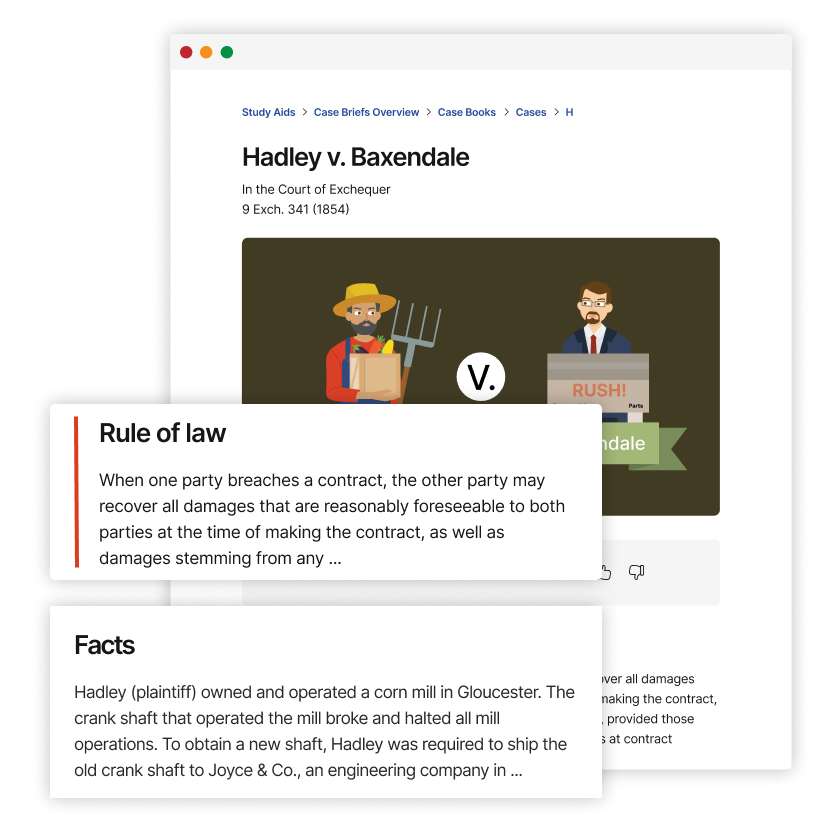General Atomic Co. v. Exxon Nuclear Corp.
United States District Court for the Southern District of California
No. 78-0223-E (1981)
- Written by Heather Whittemore, JD
Facts
[Ed.’s note: This brief summarizes a memorandum of act and law filed by General Atomic, not the holding and reasoning of the court.] The United States government adopted policies related to uranium production that threatened to destroy the Canadian uranium industry. In 1971 Canada formed an agreement with three other uranium-producing countries—Australia, France, and South Africa—to bolster the uranium market in those countries. The agreement created a cartel and set minimum prices for uranium sold for use outside the United States and participating countries. The cartel estimated demand for uranium outside the United States and the participating countries and divided the market among its members. Canada required all Canadian uranium producers to participate in the cartel. Gulf Minerals Canada Ltd. (Gulf Minerals), a Canadian uranium producer, was a cartel member and participated in meetings held by the Canadian government. General Atomic Co. (plaintiff) was owned by Gulf Minerals. General Atomic and Exxon Nuclear Corp. (defendant) entered into a contract under which Exxon Nuclear agreed to deliver six million pounds of uranium to General Atomic at prices lower than market price. Exxon Nuclear failed to do so, and General Atomic sued Exxon Nuclear in federal district court to enforce the contract. Exxon Nuclear raised an antitrust defense, arguing that its contract with General Atomic was invalid under United States antitrust laws because General Atomic’s parent company, Gulf Minerals, was a member of the uranium cartel.
Rule of Law
Issue
Holding and Reasoning ()
What to do next…
Here's why 899,000 law students have relied on our case briefs:
- Written by law professors and practitioners, not other law students. 47,000 briefs, keyed to 994 casebooks. Top-notch customer support.
- The right amount of information, includes the facts, issues, rule of law, holding and reasoning, and any concurrences and dissents.
- Access in your classes, works on your mobile and tablet. Massive library of related video lessons and high quality multiple-choice questions.
- Easy to use, uniform format for every case brief. Written in plain English, not in legalese. Our briefs summarize and simplify; they don’t just repeat the court’s language.




